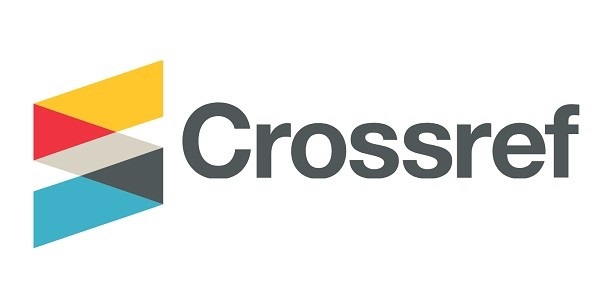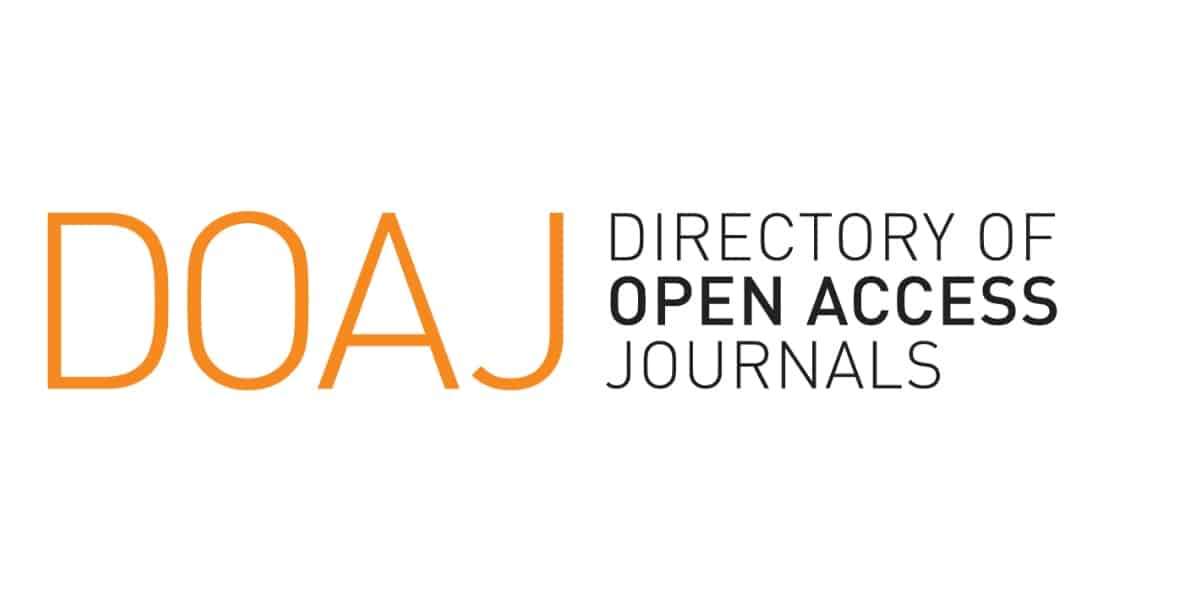SAPONIFIKASI-NETRALISASI ASAM OLEAT MINYAK SAWIT MENJADI FOAMING AGENT RAMAH LINGKUNGAN
Abstract
Palm oil consists of a group of fatty acids which have high detergency so that it has the potential to become the basis for foaming agents. The use of palm oil as a foaming agent is an effort to diversify palm oil derivative products by utilizing local raw materials. The foaming agent is a foaming agent that can be developed as a fire poison formula for fire fighting. The purpose of this study is to obtain the right temperature and type of alkali to produce the foaming agent with the best characteristics of the results of the saponification process of neutralizing palm fatty acids with alkali NaOH and KOH. The study consisted of three stages: the preparation phase, the foaming agent synthesis stage and the product characterization stage. The foaming agent synthesis was carried out according to the experimental design through the neutralization of the oleic acid feed saponification process, which was added with a 30% alkaline solution (NaOH and KOH) calculated using the saponification value of palm oil oleic acid. The research process was carried out at a temperature variation of 50oC, 70oC, 90oC, and 110oC with a stirring speed of 250 rpm for 90 minutes. Comparison of the molar ratio between oleic acid and lye/alkali solution is 1: 1 Observation was made on the quality and performance of foaming agents as products. The results of the analysis of the quality of Na / K-oleate foaming agent, showed that Na-Oleate at 50oC has produced the best foaming agent with the following characteristics: acidity (pH) value 8.17, density 1.0662 g/cm3, viscosity 1.07 cP, surface tension 17.76 dyne/cm, 32.10% foam stability and 50% emulsion stability.
Keywords: foaming agent, palm fatty acids, alkali
_page-00013.jpg)






